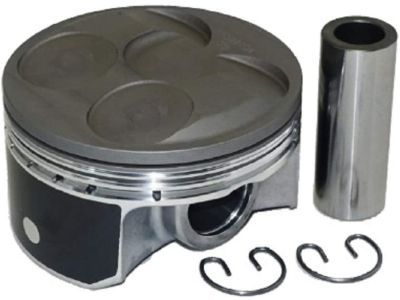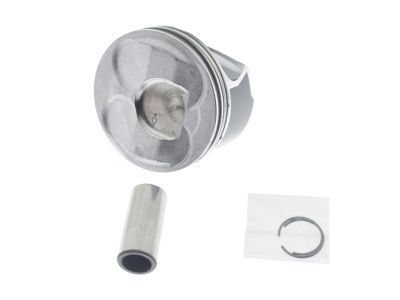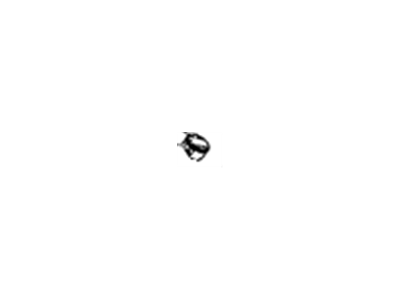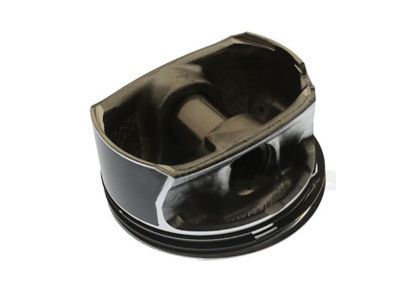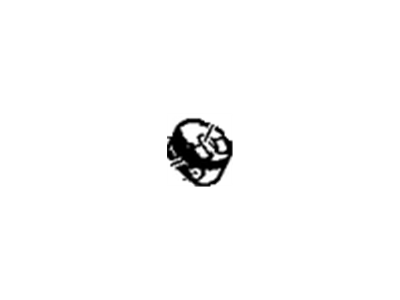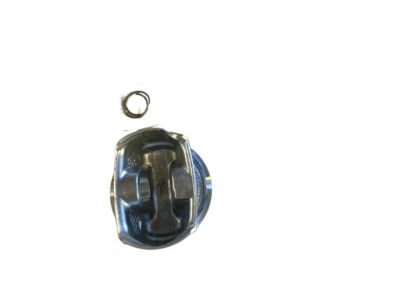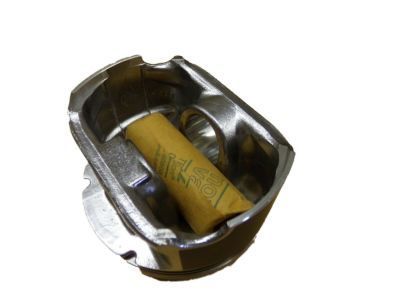
My Garage
My Account
Cart
Genuine Buick Enclave Piston
Engine Pistons- Select Vehicle by Model
- Select Vehicle by VIN
Select Vehicle by Model
orMake
Model
Year
Select Vehicle by VIN
For the most accurate results, select vehicle by your VIN (Vehicle Identification Number).
11 Pistons found
Buick Enclave Piston, (W/Pinion)
Part Number: 12616972$47.25 MSRP: $114.39You Save: $67.14 (59%)Ships in 1-3 Business DaysBuick Enclave Piston Assembly, (W/ Pin & Cmprn & Oil Ring)(Lh)
Part Number: 12686358$32.32 MSRP: $51.53You Save: $19.21 (38%)Ships in 1-2 Business DaysBuick Enclave Piston, (W/Pinion)
Part Number: 12616971$71.23 MSRP: $113.56You Save: $42.33 (38%)Ships in 1-2 Business DaysBuick Enclave Piston, (W/Pinion)
Part Number: 12590866$24.71 MSRP: $39.41You Save: $14.70 (38%)Ships in 1-3 Business DaysBuick Enclave Piston Assembly, (W/ Pin & Cmprn & Oil Ring)(Rh)
Part Number: 12686359$32.32 MSRP: $51.53You Save: $19.21 (38%)Ships in 1-2 Business DaysBuick Enclave Piston, (W/Pinion)
Part Number: 12654415$85.45 MSRP: $136.30You Save: $50.85 (38%)Ships in 1-3 Business DaysBuick Enclave Piston Assembly, (W/ Pinion)
Part Number: 12654419$101.62 MSRP: $162.04You Save: $60.42 (38%)Ships in 1-3 Business DaysBuick Enclave Piston Assembly, (W/ Pinion)
Part Number: 12654420$103.70 MSRP: $165.41You Save: $61.71 (38%)Ships in 1-3 Business DaysBuick Enclave Piston, (W/Pinion)
Part Number: 12654416$105.57 MSRP: $168.39You Save: $62.82 (38%)Ships in 1-3 Business DaysBuick Enclave Piston, (W/Pinion)
Part Number: 12585675$89.39 MSRP: $125.45You Save: $36.06 (29%)Ships in 1-2 Business DaysBuick Enclave Piston, (Machining) (Ly7, Inmetro)
Part Number: 19300902$312.66 MSRP: $498.67You Save: $186.01 (38%)Ships in 1-3 Business Days
Buick Enclave Piston
In Buick Enclave vehicles, piston is a basic part used to convert the energy developed from burn process to mechanical force used in moving the vehicle. These pistons are normally manufactured from aluminum alloys for strength, light ness and are an important component in the internal combustion engine of the Enclave. Some of the specific features of the design are piston rings that provide gas tight sealing to increase the efficiency of the engine. In different years the Buick Enclave possibly has used different kinds of pistons depending on the characteristics of the engine and new developments. Some of these are as follows: trunk pistons which are used both in petrol ad well as in diesel engines and are famous for taking side loads and controlling oil through special rings. Special derivatives, such as slipper pistons, used in high rpm engines, mainly emphasise on a lighter structure in order to offer better centrifugal force balance whereas in cross head pistons that are applied in large diesel engines, side force and lubrication plays a major role. The variations of pistons in the Buick Enclave models are developed to match a set of performance characteristics, which allow for the piston's correct operation and durability when employed in a certain way. Every consideration given toward the piston design significantly translates to the general performance and the reliability of Buick Enclave vehicles.
Each OEM Buick Enclave Piston we offer is competitively priced and comes with the assurance of the manufacturer's warranty for the part. Furthermore, we guarantee the speedy delivery of your orders right to your doorstep. Our hassle-free return policy is also in place for your peace of mind.
Buick Enclave Piston Parts Questions & Experts Answers
- Q: How to remove the piston/connecting rod assemblies on Buick Enclave?A:A special tool is used to eliminate ridges at the upper limit of ring travel in each cylinder. This will help prevent piston breakage when removing piston/connecting rod assemblies. Then, with the engine in a position such that the Crankshaft faces up, check connecting rod end play using feeler gauges and change connecting rods if necessary. Mark the connecting rods and caps for identification, before removing the cap bolts. Use new bolts for reassembly but keep the old ones for an oil clearance check. The number one connecting rod cap with bearing insert should be carefully removed making sure that the ridge was completely removed. Repeat this process for all cylinders, and reassemble the connecting rod caps and bearing inserts loosely to protect the bearing surfaces during further inspection and overhaul at an automotive machine shop. Before you can install new piston rings, it is necessary to check their ring end gaps and ensure proper side clearance. Take the top ring and put it into first cylinder, measure end gap with feeler gauges and see if it falls within specified range. Adjust gap if necessary by either filing ends to increase or simply verifying you have correct rings. Install oil control ring components followed by number two and one rings while being careful about their orientation. Piston ring installation tool should be employed on top as well as middle rings with respect to number two and one rings respectively, keeping their orientations right. Afterward, check and adjust the ring end gaps for all rings in each cylinder, keeping components matched. Ensure that walls of cylinders are clean before installing piston/connecting rod assemblies; bore top edges should be chamfered while crankshaft should be in place too Remove the cap from number one connecting rod after thoroughly cleaning bearing surfaces then lay in new upper bearing insert Insert lower bearing insert into cap (making sure tab fits into recess) while keeping both mating surfaces clean & free of oil Placement of the piston ring gaps correctly on lubricated pistons ensures their compression in a piston ring compressor. A piston and rings are then lubricated with engine oil as their compressor gets used. Insert the piston/connecting rod assembly into the cylinder bore, guiding the connecting rod onto the crankshaft journal with a gentle tap while being cautious not to force it. Check for any resistance and resolve issues before proceeding. Once installed, use Plastigage to check connecting rod bearing oil clearance before permanently attaching the rod cap using new bolts. Apply molybase grease or engine assembly lube on both bearing faces ensuring a clean surface. Repeat this process for all pistons/connecting rods, confirming cleanliness, proper orientation, and lubrication. Rotate the crankshaft by hand to check for binding, and verify the connecting rod endplay, resizing them if necessary at an automotive machine shop.
